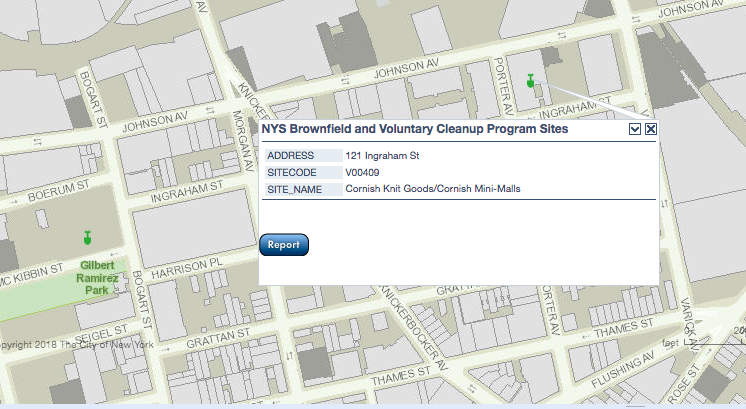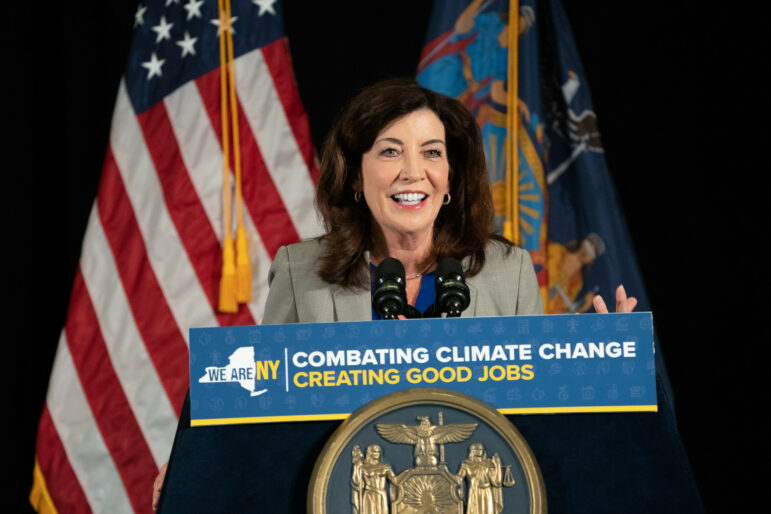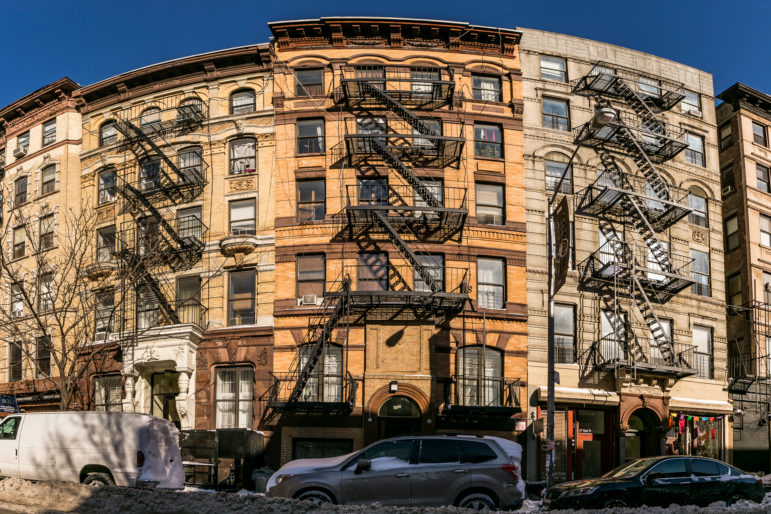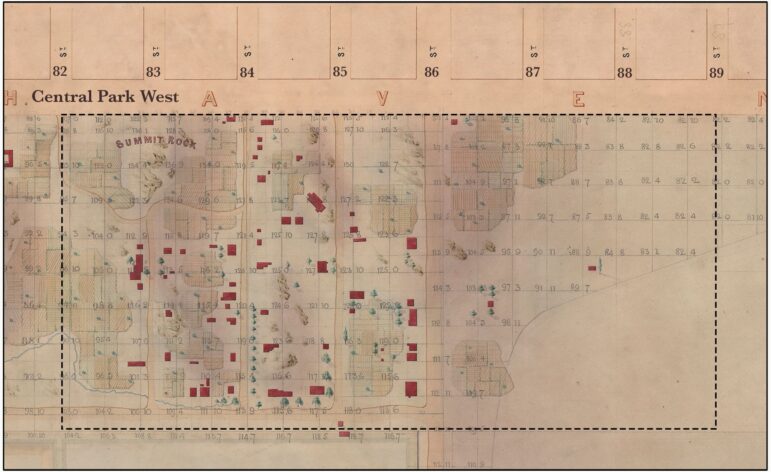
NYC OER
Image from the city's interactive map of cleanup sites.
A city initiative launched nine years ago to fill the gaps in a state program for cleaning up contaminated land has moved faster and more efficiently than its Albany counterpart, a new report finds.
The Bloomberg administration created the Voluntary Cleanup Program in 2009 to address tainted acreage that was ineligible for tax credits under the state’s Brownfield Cleanup Program. Both programs aim to address the legacy of industrial pollution that renders many hundreds of parcels in the city unusable, but the state’s program—born in 2003—targeted more heavily poisoned land. The city’s VCP, which offers regulatory streamlining and grants to facilitate cleanup, is suited for sites with light to moderate levels of toxicity.
According to a report released this week by the Furman Center at New York University, the city program has enrolled an impressive number of sites—560 since 2009—compared with statewide programs that started earlier, like New York’s 713 since 2003, or Illinois’ 799 since 1994. The biggest year in the city so far was 2015, when 153 applications were made; in 2017, there were 68.
Furman reported that it took 20.81 months for the average city site to be remediated, compared with 57.96 months for the state sites—a gap that likely reflects the heavier contamination of the state sites, but also efficiencies in the way the city approves applications.
What remains unclear is what impact the remediations are having on the neighborhoods and people nearby. Furman notes that the city’s remediation sites are heavily concentrated in areas like Greenpoint that have seen pronounced gentrification. Whether the remediations helped foster rising neighborhood incomes, or merely occurred at the same time—as well as whether those changes benefited incumbent residents or bumped them out—is not answerable with available data. Almost none of the remediated city sites were intended to return to industrial use: In the vast majority of cases, the land’s new lease on life was residential.
An even bigger question is whether there is more land out there that needs remediating. The Furman report notes that the city’s sites are heavily concentrated in areas that have been rezoned, meaning there might be untapped potential elsewhere on the map.








